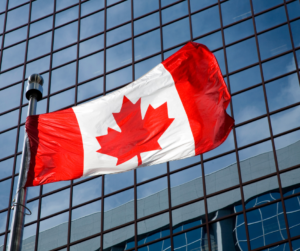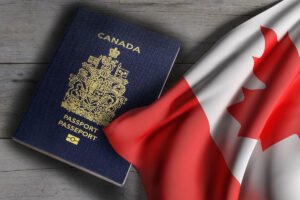Introduction:
Canada has long been a nation celebrated for its diverse and inclusive society. Over the years, immigrants from all corners of the globe have played an instrumental role in shaping the country’s social fabric, driving its economy, and contributing to its prosperity. In line with this vision, the Honourable Marc Miller, Minister of Immigration, Refugees, and Citizenship, recently unveiled the 2024–2026 Immigration Levels Plan (ILP), a bold roadmap that not only emphasizes the significance of immigration but also outlines a strategy for balancing growth with essential societal needs.
In the face of an aging population and critical labour shortages in key sectors such as healthcare, transportation, and home building, the contribution of newcomers to Canada has never been more critical. Immigration continues to play a pivotal role in spurring innovation, driving economic growth, and supporting local businesses and communities. With an aging population, there is a growing demand for skilled professionals, and immigrants fill this gap seamlessly.
One of the key takeaways from the ILP is the commitment to maintaining the target of 485,000 permanent residents for the year 2024 and reaching the milestone of 500,000 permanent residents in 2025. Beyond 2026, the government plans to stabilize permanent resident levels at 500,000, allowing 0me for the successful integra0on of newcomers while also augmen0ng Canada’s labour market.
The ILP acknowledges the need to balance immigration with societal pressures, particularly in areas like housing, healthcare, and infrastructure. The government is actively working to ensure responsible and sustainable population growth, addressing these challenges without compromising the need for immigration.
In addition to permanent residents, the government is also focusing on recalibrating the number of temporary resident admissions. This step ensures the sustainability of the immigration system and maintains harmony between permanent and temporary residents.
The government of Canada recognizes the importance of working closely with provinces, territories, employers, stakeholders, and Indigenous peoples to adapt to the realities of immigration-driven population growth. This cooperative approach is in line with “An Immigration System for Canada’s Future,” a report that outlines a pathway to strengthen the immigration system for newcomers, businesses, and communities. Together, these measures aim to put people at the heart of Canada’s immigration policy, providing newcomers with the necessary resources, including settlement support and housing, to succeed in their new lives.
Key Highlights of the 2024-2026 Immigration Levels Plan:
- Economic Growth: The ILP maintains a long-term focus on economic growth, with over 60% of permanent resident admissions dedicated to the economic class by 2025. This approach ensures that Canada continues to attract the skills and talents required to fuel business growth and prosperity.
- Humanitarian Tradition: Canada reaffirms its commitment to humanitarian efforts by responding to crises worldwide. This approach not only reflects the country’s values but also underscores its responsibility on the global stage.
- Francophone Immigration Targets: The ILP introduces ambitious targets for Francophone immigrants, with the goal of strengthening Francophone communities outside of Quebec. These targets represent 6% of total immigration in 2024, 7% in 2025, and 8% in 2026, ensuring the economic prosperity of Francophone minority communities across Canada.
- Enhanced Processing Capacity: The ILP also recognizes the significant progress made by Immigration, Refugees, and Citizenship Canada (IRCC) in the past year, with new digital systems and improved client services increasing processing capacity and reducing application backlogs.
Conclusion:
Canada’s commitment to immigration as a catalyst for economic growth, cultural enrichment, and global responsibility is not only commendable but also essential for its future. The 2024–2026 Immigration Levels Plan underscores the government’s vision of fostering a prosperous, diverse, and inclusive nation. By encouraging employers to tap into the potential of overseas talent and showcasing the government’s dedication to balancing growth with societal needs, we are taking a step closer to a brighter, more vibrant future for Canada.

Written by:
Jon Eric de Belen, RCIC










